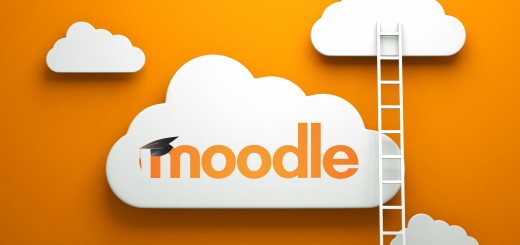A-Z Tools & Technologies: Skype
What is it?
Skype is a software application that allows users to make voice and video calls over the internet. It was founded in August 2003 by two software developers Nicklas Zennstrom and Janus Friiu: it was bought by Microsoft in 2011 for $8.5 billion http://www.skype.com/en/
How does it work?
One of its’ main attractions is its’ simplicity and its accessibility (free of charge for Skype to Skype calls). All that is required to communicate with another user is a webcam (optional), a microphone and speakers, a computer or mobile device and an internet connection: this enables communication anywhere in the world. I have personally used it to connect with my family when attending a conference in Chile.
What are the implications for Teaching and Learning?
Within occupational therapy, the video conferencing aspect of the software has been used as a method to synchronise a tutorial between a student on an international placement (for example in Portugual, Swaziland, Zimbabwe) with one of their university tutors. This provides the opportunity for the student to reflect on their new, usually very culturally diverse experience and discuss this this in light of their classroom experience here at YSJ. It also allows face- to face collaboration between the university tutor and international educator: this enables discussion on how the student is progressing towards attainment of the module (professional practice module) learning outcomes. Skype is also being considered for use as an assessment method for a level 3 student’s final viva on the grounds of inclusivity, so a student doesn’t have to travel a significant distance to the university: the ability to record the Skype session to meet the requirements for external examiners is currently being considered.
How do you Skype for Teaching, Learning and Assessment? Please let us know in the comments box below…
Kerry
Useful links:



Hi Kerry
Skype is such a versatile tool, as you have pointed out, and I think it has loads of potential for internationalisation (supporting study abroad, interviewing international students etc.), supporting students on work placement, bringing experts/practitioners into your classroom, connecting with other institutions, or carrying out virtual academic tutorials.
Lync & Google Hangouts are other great options in this area!
Phil
Yes, we use it in Languages to talk to our students on study abroad. We have found it very useful for ironing out issues which are easier to discuss face to face than in a series of emails. Our Japanese lecturer introduced a ‘Skype’ hour when students could contact her and she guaranteed to be available, which also worked well.
Hi Alison
I love that idea of ‘virtual’ office hours for student/group tutorials – great example of a practical use for Skype (and other synchronous online discussion tools).
Phil
Hi all,
Great discussion so far! I don’t know if any of you have heard this but Microsoft announced on Monday (28th April 14) that group video chats on Skype are now free to Mac, PC and Xbox One users. Group video chats on the Mac and PC can support up to a maximum of 10 users (a maximum of 4 participants for Xbox one users) – this could provide a great way to host group conversation with students aboard on placements. This would allow students to talk to other about their placements and share their experiences with each other as well at the tutor.
Microsoft also stated that they would be enabling group calling across all platforms, at no cost, ‘in the future’. This great news for consumers who predominately use Skype on mobile/tablet device.
You can read the full article on the Skype blog: Skype Loves Bringing Groups Together – With FREE Group Video Calling
Daniel